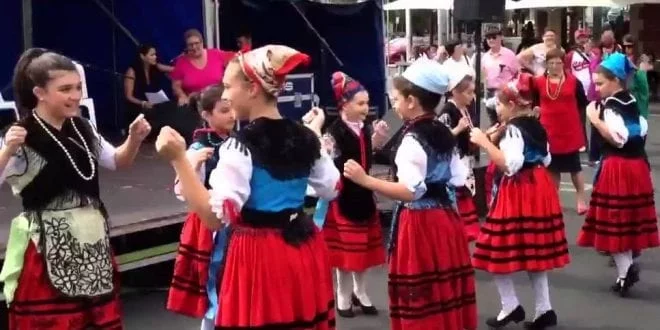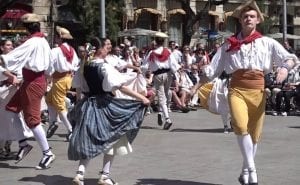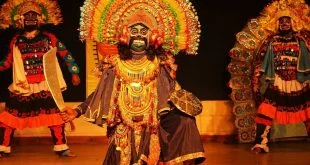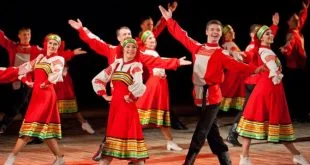The construct of Nation diversion straightaway conjures up images of the strumming guitars, stomping feet and scintillating dresses of flamenco. Spell numerous grouping pretend this demotic conveyance between Espana and flamenco, a excessiveness of tralatitious dances from Espana’s various regions thread into the lengthy account of Country move. For lesson, not umteen group would e’er wait to impose Spain and discover the euphony of bagpipes and tambourines floating finished the air, yet it is the traditional penalisation accompanying Land recreation crossways boreal Spain!
For almost as long as man has existed he has used dance as a form of communication and personal expression. Spain is certainly no exception. Ritualistic dances commemorating battles and other war-related themes were the first to appear, and centuries later during the Middle Ages, structured religious-themed ritual dances were recognizable.
The 15th century saw the distinction created between the various genres. Serious and measured dances quickly grew outdated while the popularity of the happier and free-moving dances surged exponentially. With the Renaissance, popular and folk dance continued to make huge strides in the history of Spanish dance and even gained recognition internationally. These regional dances both flourished on their own and melded with other dances to birth brand new ones. You can imagine how many- at one point, there were over 200 traditional dances in the region of Catalonia alone!
During the Baroque period, gypsies arrived to the Iberian continent and the growing popularity of the gypsy music and dance, flamenco, eagerly formed part of the history of Spanish dance. The rest is history- or rather Spanish dance history- as flamenco has since become both a national and international sensation. With feisty flamenco’s ever-rising fame, regional dances suffered a decline- a decline which intensified during the 20th century, when the dictator Francisco Franco actually banned all things regional, including dance, music, and languages. Luckily today there has once again been a boost in the pride and the practice of traditional dances, and the history of Spanish dance continues!
Traditional Spanish Dances
Jota Aragonesa: This typical dance hails from the north of Spain, namely Aragón, and features a fast tempo as couples dance with their hands raised high above their heads playing castanets. Moorish influences are probable, as it is loosely attributed to a Moorish poet who was kicked out of Valencia during the 12th century.
Sardana: Several couples join hands and dance in a closed circle in this traditional dance from Catalonia.
Muñeira: Danced in twos or alone along to the music of bagpipes, this traditional “Miller’s Dance” is typical throughout Galicia and Asturias.
Zambra: The zambra began as a Moorish dance, but with monarchs Fernando and Isabel’s reconquista of Spain, the Moors were able to conserve the dance by adapting it to Spanish dance customs.
Bolero: One of the oldest and most traditional dances of the history of Spanish dance, the bolero is a quick Spanish dance boasting sudden pauses and sharp turns.
Fandango: At one point the most famous dance of Spain, the fandango is a lively, happy Spanish danced in two’s.
Paso doble: A quick one-step Spanish dance.
Flamenco: A passionate dance hailing from gypsies, flamenco is internationally famous. Learn more!
Sevillana: Lively and joyous dance typical of Seville and reminiscent of flamenco that features four distinct parts.
 FolkDanceWorld.Com International Folk Dances
FolkDanceWorld.Com International Folk Dances






We have a gourp named Dil masatanaThat performs The Rajasthani folk Programmes (dance and kalbiliya dance ,langa .)As u yuorself are an artist and organizer.
We want you to promot our group . So kindlly provide us a chance to so our Talent.
artist name .bachhu khan , Idu khan
with regards
Rajendra kumar
Jodhpur rajasthan
india
00919950456552
This is just the info. im looking for, thank you!
Asiya! Sajed went to school with me, haha. I have to tell you, my fmlaiy and I spent *Countless hours* on your blog yesterday (and today) looking at almost every post. Alhumdulillah. We’re all IN LOVE with your photography style & everything For sure, every wedding to come in my fmlaiy is going to be photographed by you, inshAllah.Best wishes for your success always!!I’m sooo proud of you. What a honor!May Allah bless you MORE!!
naturally like your web site however you need to test the spelling on quite a few of your posts. A number of them are rife with spelling problems and I to find it very bothersome to tell the truth however I’ll surely come back again.
Just the info i’m looking for, hehe thank you guys! *)
Flamenco isn’t a gypsy dance, it’s a Moorish dance!!! It has gypsy and Black African influences, of course, but it’s Arabic in origin. Flamenco is only from Andalusia.
The most representative dance of Spain is the jota. It’s danced in all Spain, but it has many different variations from region to region. It’s danced in Portugal too.
It’s completely true that Franco tried to destroy our languages and folklore to homogeneity Spain.